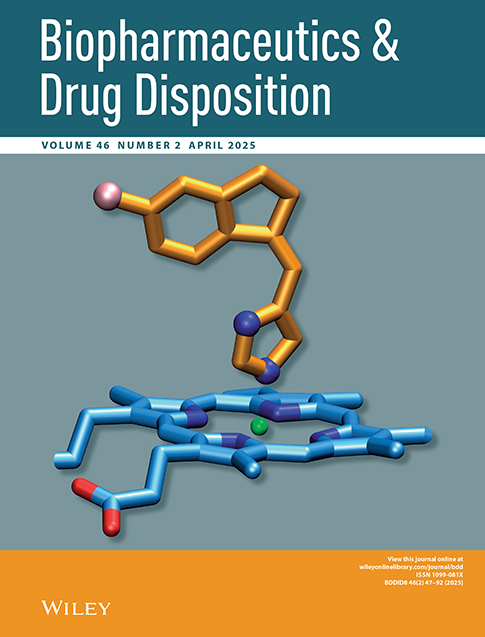Pharmacokinetics and dose linearity testing of methylprednisolone phosphate
Abstract
The pharmacokinetics of methylprednisolone and methylprednisolone phosphate were investigated after intravenous administration of methylprednisolone phosphate to six healthy subjects at seven different doses between 16 and 1000 mg. Plasma, urine, and saliva were analyzed for methylprednisolone and methylprednisolone phosphate. Furthermore, endogenous hydrocortisone was measured in plasma. No non-linearity in the total body clearance of methylprednisolone phosphate or methylprednisolone could be detected. The average elimination half-life for the prodrug was 3·7 min indicating rapid hydrolysis. After 15 min more than 90 per cent of the phosphate has been hydrolyzed. No prodrug could be detected in saliva; very little of the ester (average 0·9 per cent of the dose) was excreted unchanged into the urine. Methylprednisolone is formed rapidly. The total body clearance was 21 1h−1, the terminal half-life 2·8 h. In the post-distribution phase methylprednisolone levels in saliva went parallel to plasma levels. The mean saliva/plasma ratio was 0·22. An average of 5·2 per cent of the dose was eliminated into the urine in the form of methylprednisolone. Hydrocortisone suppression was dosedependent. For doses above 125 mg hydrocortisone levels were significantly lowered after 24 h. For doses above 500 mg the suppression was still significant after 48 h. The results indicate a rapid and predictable in vivo conversion of methylprednisolone phosphate to its active form methylprednisolone.




